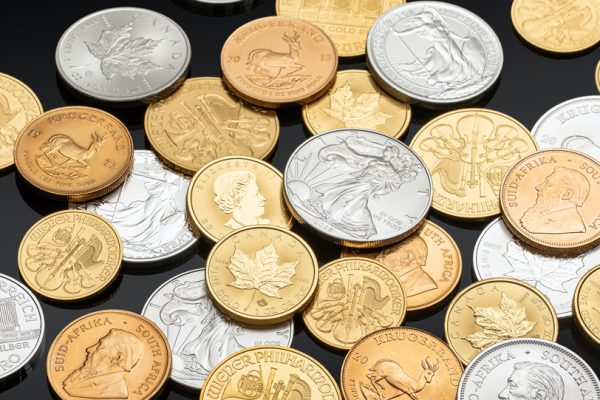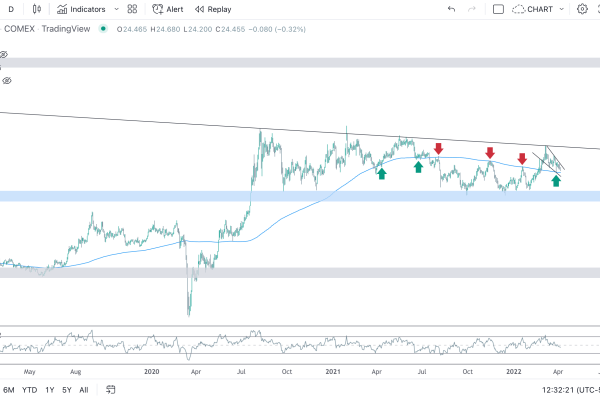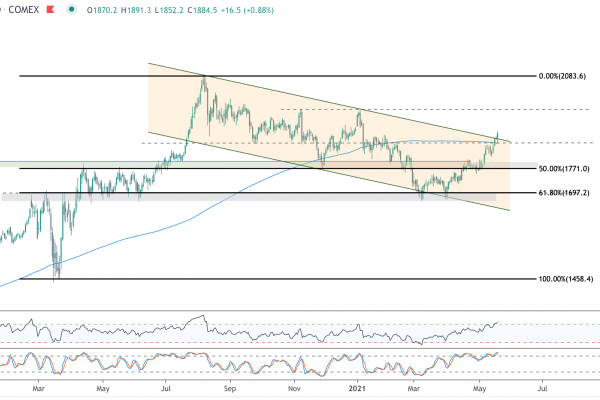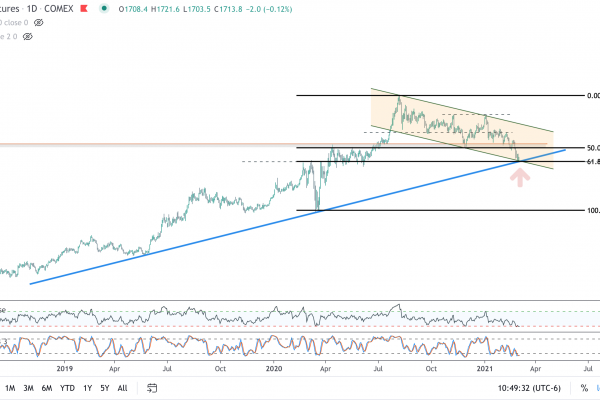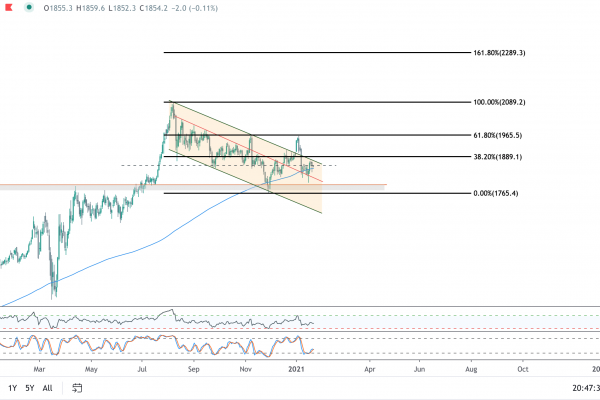Written by Border Gold February 19, 2018
The last few weeks have seen some of the wildest market action in history, with the Dow Jones recording its largest recorded point decline and the VIX seeing its largest percentage rise. Stocks fought back this week, however, and have regained a large portion of the ground they lost the week before. Whether or not the worst of the spike in volatility is over remains to be seen.
One of the primary factors behind the recent selling and surge in volatility is the notion of rising inflation. The last non-farm payrolls report showed rising wages, while inflation data this week in the CPI and PPI reports also pointed to increasing price pressures. As inflation continues to heat up, the Fed could be forced to take action.
Although the Fed has penciled in another three hikes for 2018, with the next hike likely coming next month, the central bank could find itself having to hike four times. The Fed could also potentially become more aggressive with its tightening by raising rates 50 basis points rather than 25. Either way, the idea of rising rates has stock investors a bit anxious.
Despite the often cited proclamation that higher rates are bearish for gold, the metal has shown it is more than capable of climbing along with interest rates. Although gold does technically come with an “opportunity cost,” as it does not pay a dividend, the metal has the potential to outperform during a tightening cycle.
This actually makes perfect sense when one considers the reason for higher interest rates. The job of central banks is to encourage full employment and to maintain price stability. Central banks may be forced to hike rates more aggressively when the economy begins to overheat, causing the price of everyday goods and services to climb as well. While a little inflation is healthy for an economy, inflation that starts to increase beyond desired targets (typically 2% annually) can be quite problematic.
As the cost of everyday goods and services increases, there is a corresponding decline in purchasing power. Simply put: Your dollars buy less and less as inflation climbs.
This is especially important given the current context of a weaker dollar and shrinkage of the Fed’s balance sheet.
Gold has been-and is widely considered-an asset class that can help preserve wealth and purchasing power. As the value of each dollar declines, hard assets like gold may not only potentially hold their value, but may also increase sharply in value. Although the dollar has shown a bit of a bounce recently, it remains near a ledge that could take prices sharply lower from current levels to multi-year lows.
Clearly, some investors see the writing on the wall, as the gold has been on the offensive for several weeks. With the potential for both higher rates of inflation and further volatility in stocks and risk assets, gold could continue its ascent. In fact, an upside breakout from the metal’s recent trading range could attract further buying interest, propelling the metal quickly to $1400 per ounce and beyond.

